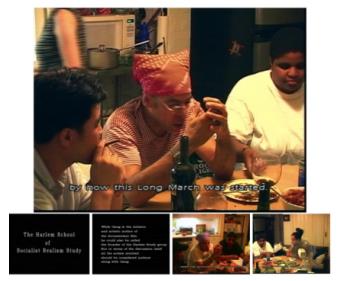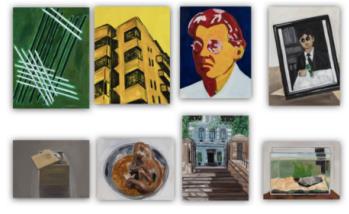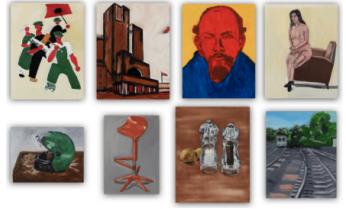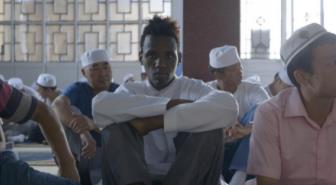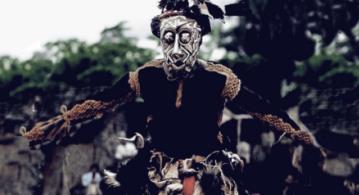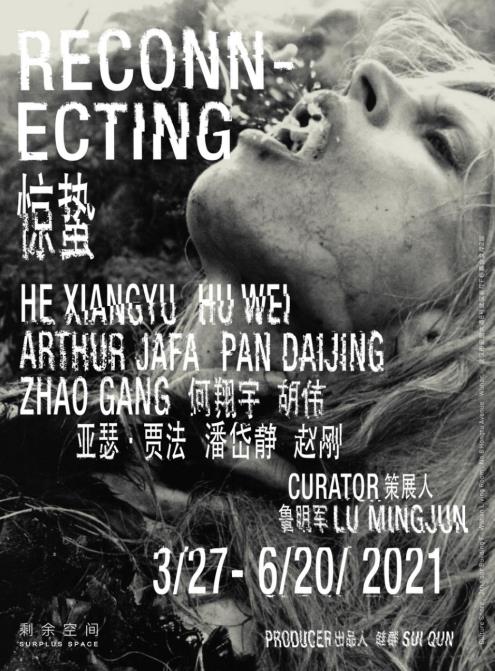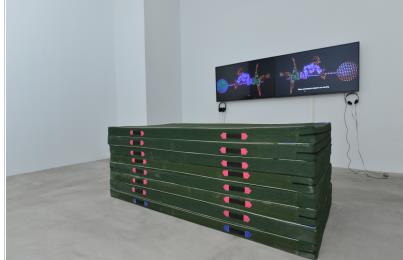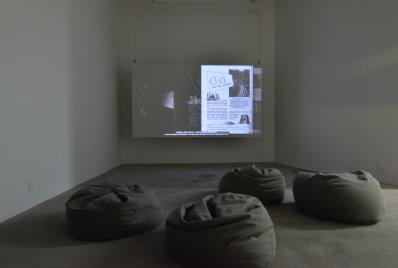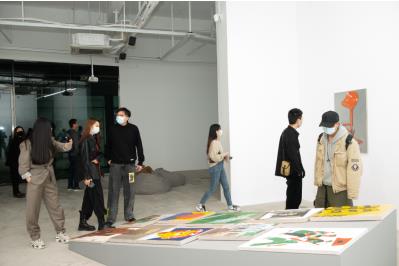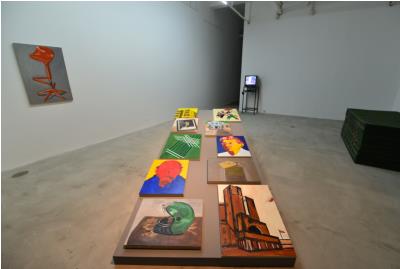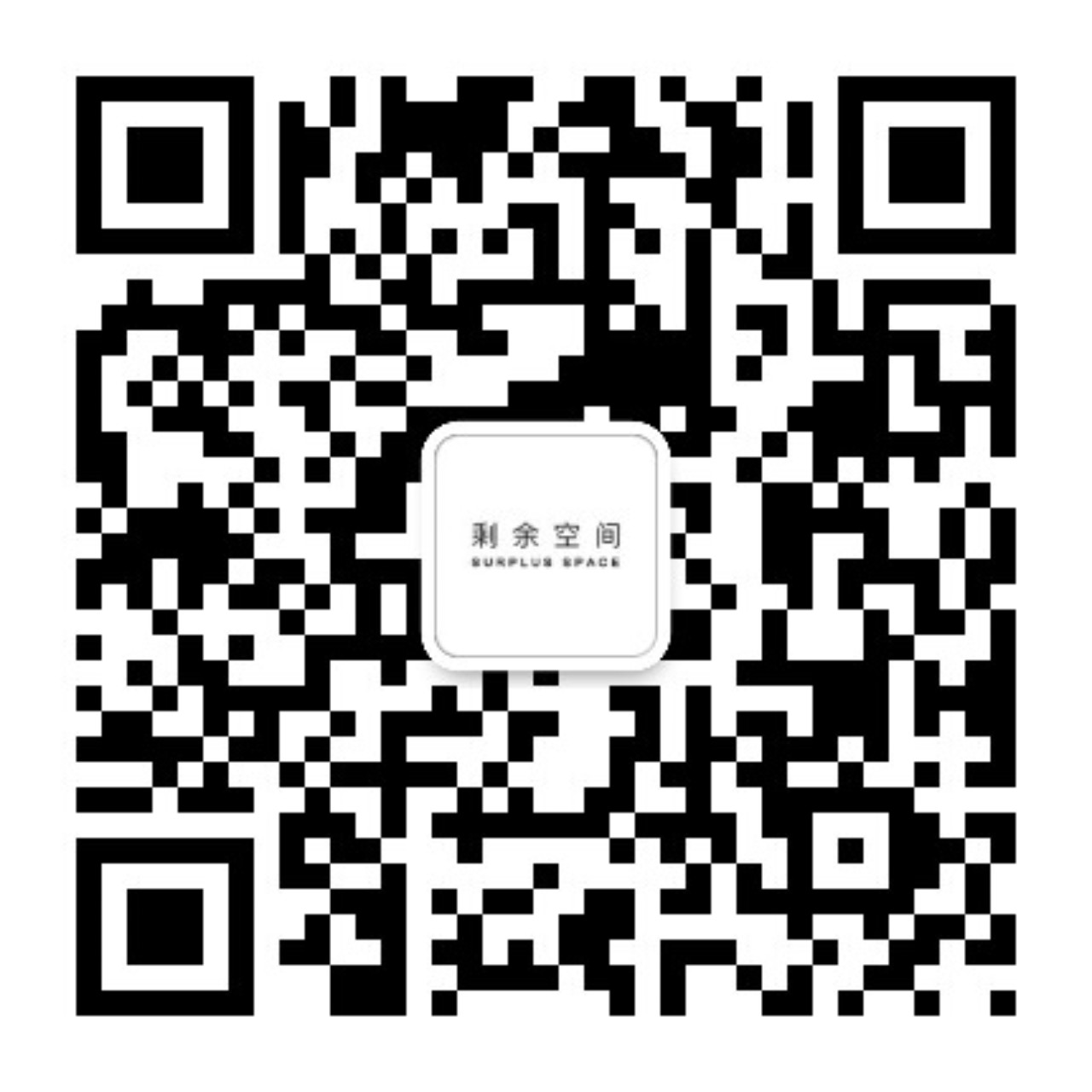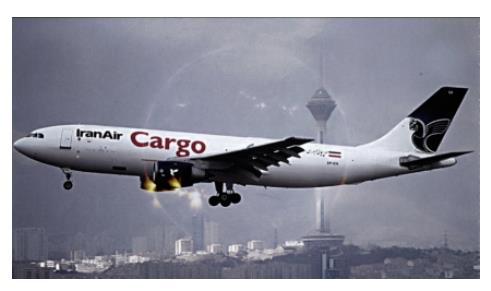
RECONNECTING
Producer: Sui Qun
Art director: Lu Mingjun
Artists: He Xiangyu,Hu Wei,Arthur Jafa,Pan Daijing,Zhao Gang
Address: 2nd-floor Building F, Wuhan Living Room, No.8 Hongtu Avenue, Wuhan.
2021.3.27-2021.6.20
In 2019, APEX by American artist Arthur Jafa was once again exhibited at MoMA – it was last shown in 2013. It is a short video of 8 minutes and 22 seconds, in which more than 1,000 pictures related to black culture flash rapidly across the screen frame by frame, as if in a stream of ‘black’ consciousness, over the pulsing electronic beats of DJ Robert Hood. As far as I know, in Jaffa’s image library, there are also Chinese celebrities such as Lin Qingxia and Zhou Xingchi. This is certainly an extremely politically correct work, but in my opinion, what it offers us today is rather a way to reconnect with the world. Implicit in the work is a history of contemporary music from jazz, blues, R&B to rock and hip-hop, all of which can be traced back to “black culture”. However, in fact they have long transcended race and national boundaries and become part of global culture, art and politics.
What Jafa didn’t know was that years ago, a group of black Ethiopian teenagers traveled thousands of miles to Wuqiao County in Hebei to learn Chinese acrobatics. He Xiangyu, a Chinese artist based in Berlin, discovered and focused his lens on the daily life of this group of African teenagers in the Chinese county. Through simple observation, he presented a hidden political organism of entangled bodies, languages, classes and transnational capital. What’s interesting is that at this point acrobatics absurdly became a new way of connecting the world.
About 20 years ago, Zhao Gang, a Chinese artist living and working in the United States, and several fellow black and Asian artists met regularly to read and study Selected Works of Mao Zedong in Harlem, New York, and to discuss socialist realism. As a former rebel of socialist realism, he came to realize the revolutionary universality of socialist realism itself after arriving in the U.S. Twenty years later, after having returned to China for many years, he came to the Northeast to revisit the ‘Middle East Railway’ and ‘Hengdaohezi’, and completed a series of paintings about the Northeast. These works mix various subjects such as people, objects, landscapes, and knowledge of art history, but they all point to the Chinese revolution since the 20th century and its complicated international background and tortuous historical process. Characters such as Trotsky and Lenin have appeared in his paintings many times. For him, the “October Revolution” not only belongs to Russia, but still calls for socialist revolutions all over the world. In contrast, another young artist, Hu Wei, provides a different observation and reflection. During a trip to Tehran, Hu Wei and his companions revisited the street of cinemas that was burned in the Iranian Revolution in 1979. They use the pre-revolutionary Iranian films and cinemas as a lens to analyze geopolitics and petroleum politics. Texts, archives, moving images, film footage and sound are interspersed in the context of real and fictional narratives, revealing the ‘silent’ manipulation of history and the state of Iranian society in the post-revolutionary period. What Hu Wei is concerned about is that when the entanglement between war, desire and materialism points to an artificial post-apocalyptic ‘Paradise Lost’, at what level the radical revolution can spread into the present.
In 2020, Pan Daijing, another Chinese artist who works and lives in Berlin, presented a performance entitled ‘Dead Time Blue’ at the Gropius Bau. In the illusion filled with disembodied yet vibrant sounds of opera, the audience was inspired by the performers’ movements to explore the space comfortably and created a physical exchange that swung between friction and tenderness. Such an exchange, though not radical or revolutionary, may be the most revolutionary in the age of the epidemic.
The unstoppable wave of reverse globalization and the increasingly complex global geopolitical situation have made it extremely difficult to connect and communicate between countries, races, classes and even people. While Internet technology provides various channels of communication and exchange across these borders, at the same time, it is also exacerbating all kinds of barriers, divisions, isolations and conflicts. How to re-internationalize and re-establish the relationship with the world has become one of the most urgent propositions for the present and the future. The meaning of ‘Jingzhe’ goes without saying. It is not only a farewell to the old times, but also a yearning and yearning for a new life. At this moment, at least in this 200-square-meter space, the familiar and long-lost images and sounds of music, acrobatics and revolution oscillate with each other, connecting the world without any discord – even though this is only some kind of ‘real fiction’.
INSTALLATION VIEWS
EXHIBITION WORKS

